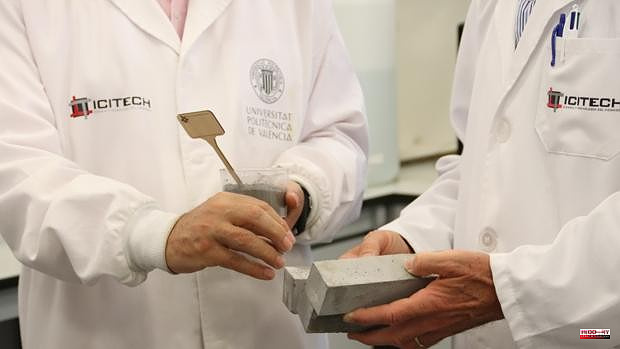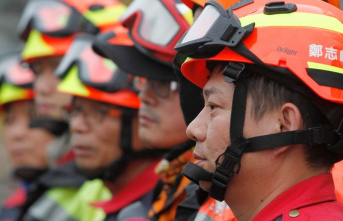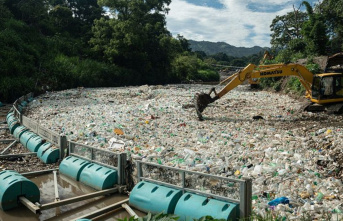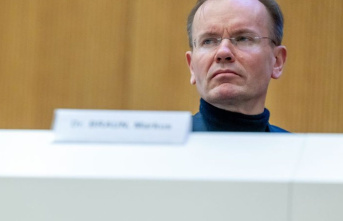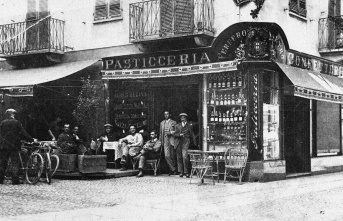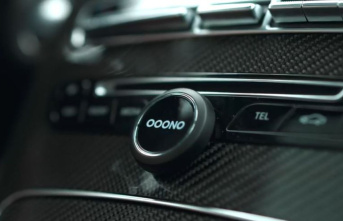A team from the Polytechnic University of Valencia (UPV), belonging to the Concrete Science and Technology Institute (ICITECH), is studying various samples of volcanic ash from the Cumbre Vieja volcano on the island of La Palma, in order to assess its potential use in the manufacture of cement and concrete.
The results obtained so far by the UPV team show that it is volcanic ash that is sufficiently reactive to be applied in the manufacture of cements with additions (type II) or pozzolanic cements (type IV). Likewise, the ashes show a good homogeneity taking into account the different origins of the collected samples.
"To date, we have carried out physical, chemical, mineralogical and mechanical tests, and the results show that these volcanic ashes meet the regulatory requirements for their use as a mineral addition in cement," says Jordi Payá, from the Research Group in Chemistry of Construction Materials (GIQUIMA) of the ICITECH Institute of the Polytechnic University of Valencia.
Along with Jordi Payá, María Victoria Borrachero, Lourdes Soriano and José Monzó, researchers from the ICITECH Institute, participate in the project; Mauro Tashima, hired at the Polytechnic University of Valencia with a Maria Zambrano grant, financed by the Ministry of Universities with funding from the Next Generation funds of the European Union; and Stanislav Barashkin, student of the Official Master's Degree in Concrete Engineering at the UPV.
Volcanic ash that is hundreds or thousands of years old has usually been studied, but in this case it is ash of recent emission, which makes it unique. On the other hand, each volcanic emission produces ash with different characteristics, which is why, according to the ICITECH team, it is necessary to study each case in particular.
"These volcanic ashes should be considered as a natural residue, since it is a material that has occupied or is occupying spaces that correspond to infrastructures, industries, communication routes, fields and homes, hence the importance of carrying out these studies to be able to reuse this material", adds Mª Victoria Borrachero.
In this sense, Lourdes Soriano points out that, in order to recover part of the social and economic activity, and, in addition, preserve the environment, a recovery is necessary that assumes the use of the several million tons that may be available from this ash. . “And, in view of the first results of our study, cement-based materials are a great alternative for managing this large volume of residual material. For this reason, this project is one more example of the social impact of research, in this case, of our contribution from the UPV to the recovery strategies of the island”, adds Lourdes Soriano.
Thus, the main objective of the GIQUIMA-ICITECH team of the Polytechnic University of Valencia is to give value to this ash in the field of civil engineering, through the collection, management, conditioning and application through a cement or construction company. . "Now we are already analyzing projects in which the results derived from the research can be applied," adds José Monzó.
The development of this study has been possible thanks to the collaboration of the Presidency of the Government of the Canary Islands, the Military Emergency Unit (UME) and the General Directorate for Coordination of Action of the Government of the Generalitat Valenciana.
The GIQUIMA-ICITECH team from the Polytechnic University of Valencia will present the results of the project at the next National Congress on Materials, which will be held from June 28 to July 1 in Ciudad Real.
And looking to the future, it will focus its work on the evaluation of the behavior of these cements in the longer term -one year- and on the optimization of the dosage in the composition of the new cements with ash from the Cumbre Vieja.

